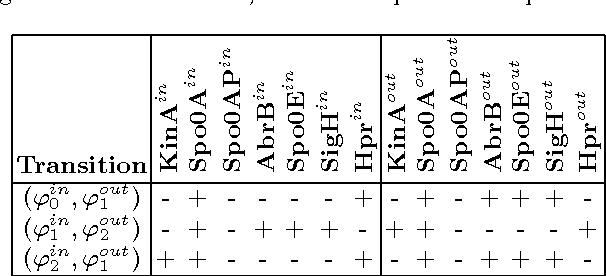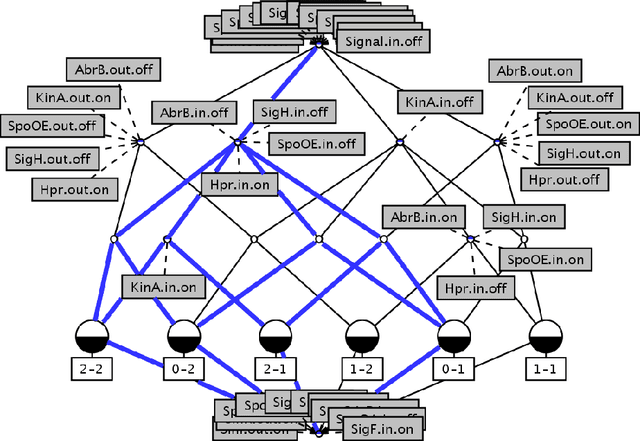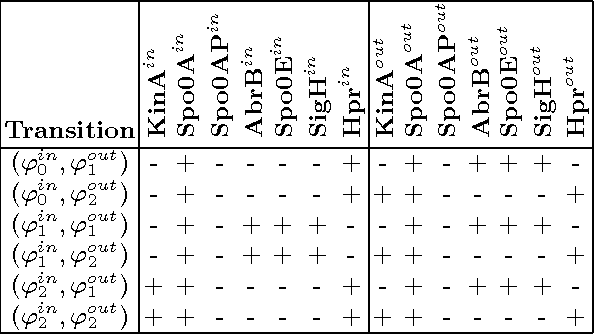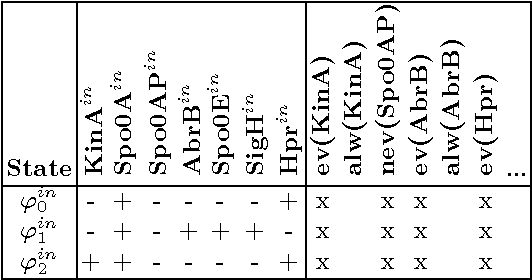Bernhard Ganter
Scaling Dimension
Feb 17, 2023Abstract:Conceptual Scaling is a useful standard tool in Formal Concept Analysis and beyond. Its mathematical theory, as elaborated in the last chapter of the FCA monograph, still has room for improvement. As it stands, even some of the basic definitions are in flux. Our contribution was triggered by the study of concept lattices for tree classifiers and the scaling methods used there. We extend some basic notions, give precise mathematical definitions for them and introduce the concept of scaling dimension. In addition to a detailed discussion of its properties, including an example, we show theoretical bounds related to the order dimension of concept lattices. We also study special subclasses, such as the ordinal and the interordinal scaling dimensions, and show for them first results and examples.
Abstract Attribute Exploration with Partial Object Descriptions
Nov 19, 2015Abstract:Attribute exploration has been investigated in several studies, with particular emphasis on the algorithmic aspects of this knowledge acquisition method. In its basic version the method itself is rather simple and transparent. But when background knowledge and partially described counter-examples are admitted, it gets more difficult. Here we discuss this case in an abstract, somewhat "axiomatic" setting, providing a terminology that clarifies the abstract strategy of the method rather than its algorithmic implementation.
Constructing a Knowledge Base for Gene Regulatory Dynamics by Formal Concept Analysis Methods
Jul 21, 2008



Abstract:Our aim is to build a set of rules, such that reasoning over temporal dependencies within gene regulatory networks is possible. The underlying transitions may be obtained by discretizing observed time series, or they are generated based on existing knowledge, e.g. by Boolean networks or their nondeterministic generalization. We use the mathematical discipline of formal concept analysis (FCA), which has been applied successfully in domains as knowledge representation, data mining or software engineering. By the attribute exploration algorithm, an expert or a supporting computer program is enabled to decide about the validity of a minimal set of implications and thus to construct a sound and complete knowledge base. From this all valid implications are derivable that relate to the selected properties of a set of genes. We present results of our method for the initiation of sporulation in Bacillus subtilis. However the formal structures are exhibited in a most general manner. Therefore the approach may be adapted to signal transduction or metabolic networks, as well as to discrete temporal transitions in many biological and nonbiological areas.
* 15 pages, 1 figure, LaTeX style llncsdoc.sty
 Add to Chrome
Add to Chrome Add to Firefox
Add to Firefox Add to Edge
Add to Edge